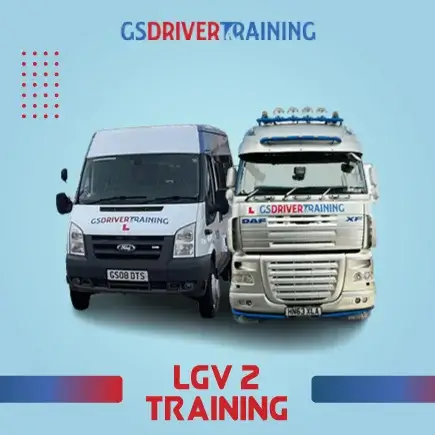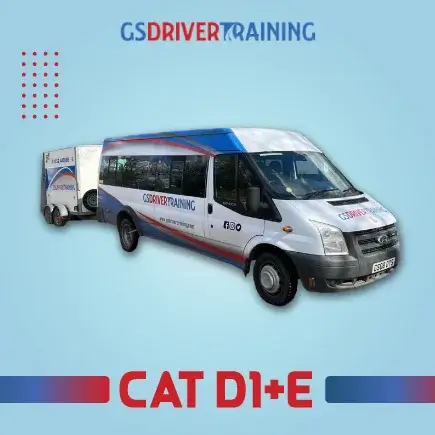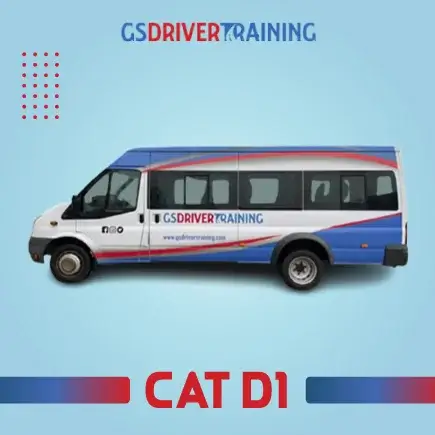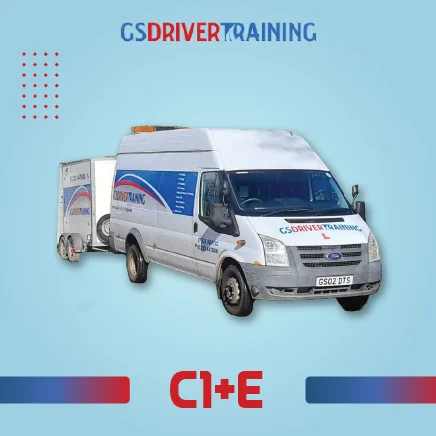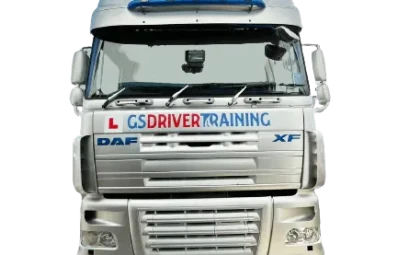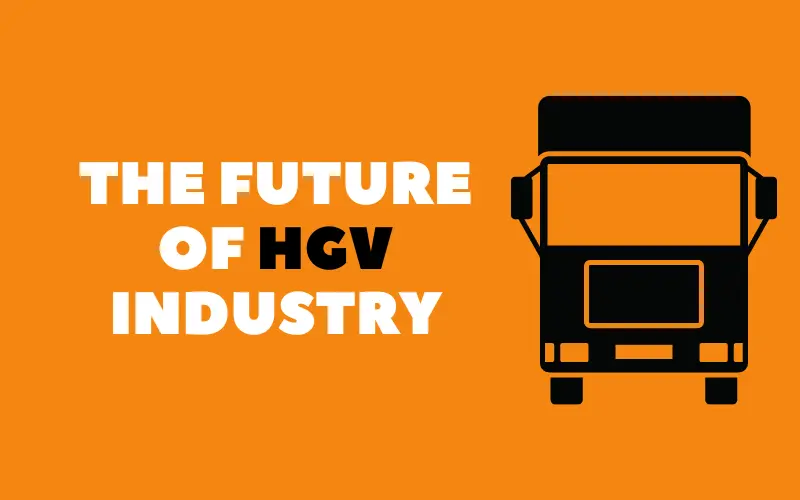
The Heavy Goods Vehicle (HGV) industry stands at the cusp of a revolution, fuelled by advancements, considerations, and shifting regulatory landscapes. As we look towards the horizon, many things will be clear. The road ahead is full of challenges and unprecedented opportunities.
This article describes the emerging trends shaping the future of the HGV industry. You will get the information about the training. Here you will get to know the role of the driver in this new era.
The global push towards sustainability has placed electric trucks at the forefront of the HGV industry's evolution. With countries setting ambitious targets to reduce carbon emissions, the transition from diesel to electric powertrains is gaining momentum.
This shift is not just only about adopting new vehicles. It represents a fundamental change in how HGV fleets are managed. New infrastructure for charging stations are essential. Some potentially altering route are required that plan to accommodate charging needs.
Impact on Training and Drivers
Training programs will need to adapt to some changes. Understand the electric vehicle (EV) technology. The battery management, and energy-efficient driving practices are some of the important aspects to understand.
To understand the performance of electric trucks, necessitating a deeper are the most crucial role that are performed by the drivers.
Autonomous Driving Technologies
Autonomous driving technology promises to reshape the logistics industry by improving safety, efficiency, and cost-effectiveness. The fully autonomous HGVs are on the horizon assistive technologies. Adaptive cruise control, lane-keeping assistance, and automated braking systems are some of the examples. These are already becoming standard features.
These technologies are stepping stones towards full automation, reducing the burden on drivers and enhancing road safety.
Future training programs will likely include modules on supervising autonomous systems, emergency intervention skills, and understanding the limitations of these technologies. The role of the HGV driver may shift towards that of a systems' operator, requiring continuous education and adaptation to new technological paradigms.
Regulatory Changes and Compliance
Regulatory bodies worldwide are revising standards to accommodate the advent of electric and autonomous vehicles in the HGV sector. Changes in regulations will affect operational practices, vehicle specifications, and driver qualifications.
These changes will be an advantage for training providers. The drivers alike to ensure compliance. Some of the capitalize benefits offered by new technologies.
Future of HGV Driving
Electrification and automation offer the potential for a cleaner, safer, and more efficient transport sector. For drivers, the evolution of the industry means new roles, and career paths.
Training providers who can anticipate and respond to these changes will play a pivotal role in preparing the next generation of HGV professionals.
Conclusion
The HGV industry is at an inflection point, with technological innovations and regulatory changes. This will redefine the landscape of transport and logistics. For current and aspiring HGV drivers, this period of transition presents an opportunity. This will engage you with new technologies. It results to develop skills in you that will be in high demand in the coming years.
As we navigate the road ahead. We embrace the change and fostering a culture of continuous learning. This will be a key to unlocking the full potential of the HGV industry's future.
Are you are interested in being part of this exciting future? There's no better time to explore the opportunities within the HGV industry. Are you considering your career as a driver? Are you looking to update your skills? Do you have an interest in the technological aspects of the industry? Join us at GS Driver Training. As we pave the way forward, together shaping the future of transport. Contact us to know more.
Also Read: How to Drive a Minibus Without a D1 Licence

